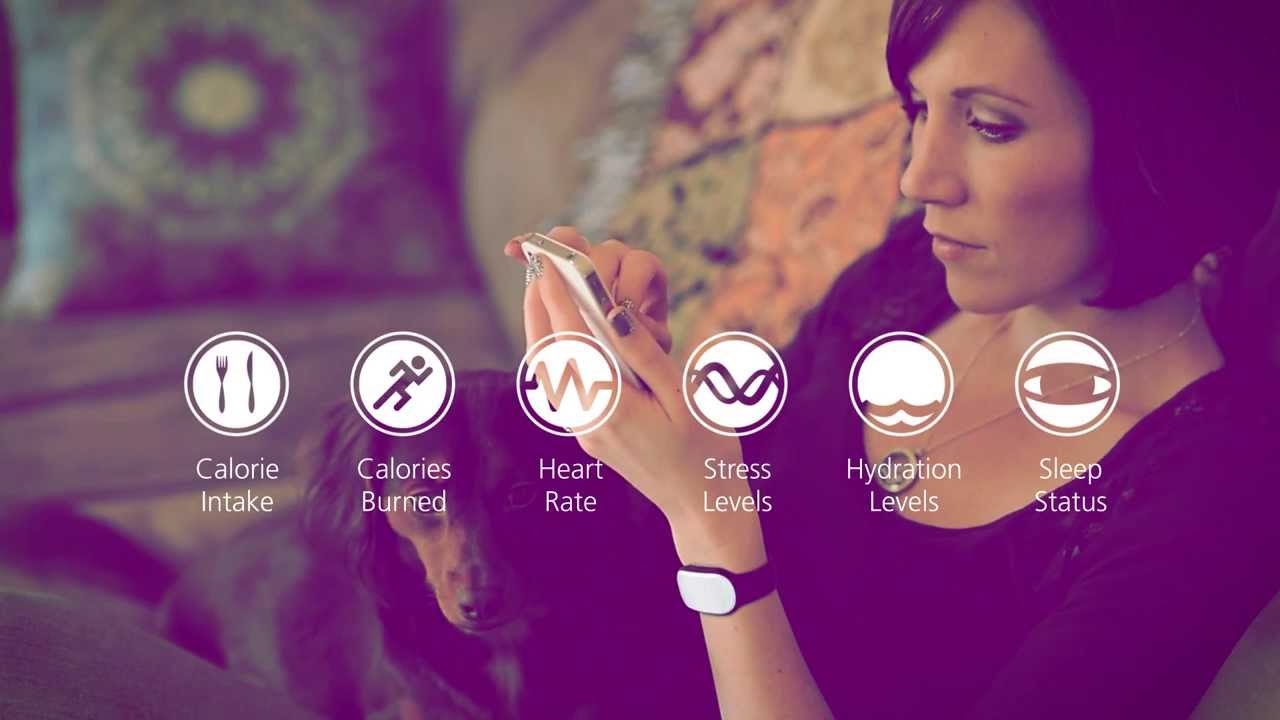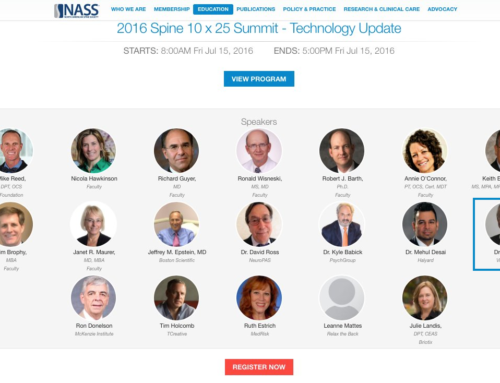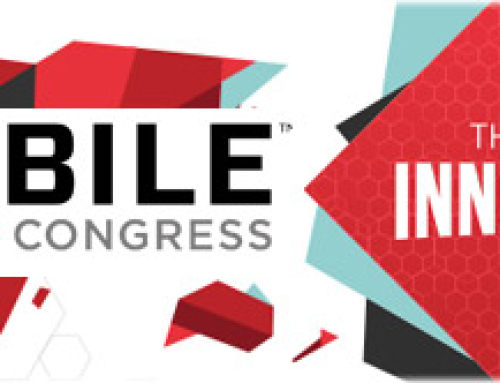Perhaps you have followed the antics of Healbe/Gobe with their Indiegogo campaign that raised more than $1M.
This wearable wellness device is (was) the hot item on the crowd funding site. It started with a splash, and continued to make waves.
Originally (purportedly) devised by a Russian software company using technology and experimentation from a St. Petersberg researcher, this device could determine caloric intake, energy output and various other body effects, automatically.
James Robinson from Pandodaily, in his excellent articles, has reported extensively on Healbe and raised the skeptic’s eye to this fantastical product. He has done a great job outlining the deficiencies and issues surrounding crowd funding ideas that may never see the light of day, or were never intended to see the light of day.
I certainly can’t expound on this aspect of the Healbe campaign, however, I do have some observations on this and other health technology devices.
When I first read the claims in Healbe’s Indiegogo campaign, I was shocked that I hadn’t heard about this technology in medical circles. The ability to measure blood glucose curves and relate this to food intake is within the realm of possibility.
But to do this transdermally (without a needle), and to extrapolate this to food intake, made me think that the technology and the scientists behind this had made a major breakthrough.
I think it is that first incredulous thought backed up by a lot of additional “science” talk that made this particular campaign believable.
When I read further that the device used three different types of sensors – an impedance sensor, accelerometers and pulse monitor – my belief in began to fray.
Knowing that impedance can measure fluid content and body composition is quite a step away from being able to measure glucose concentration in the blood stream.
Even in the best of circumstances, impedance (electrical insulation) of the skin is significant and presents challenges to external measurement of internal body functions such as the electrical activity of the heart.
To measure molecules of glucose in the blood stream presents even larger challenges. Or perhaps Russian scientists are much better than we know?
I could go on discussing the implausibilities of other Healbe claims . . . but what I really want to know is: Why do these things get funded?
My opinion is that people want to believe, and they want to be part of something that is fresh, new and earth-shattering.
I readily acknowledge lots of new exciting technology is coming, particularly in the wearable arena, however, the hard work of proving that this new technology adds value and does no harm still needs to be done.
This is particularly important when – not if – we begin to depend upon this technology and its associated data to inform us about health choices and medical decisions.






